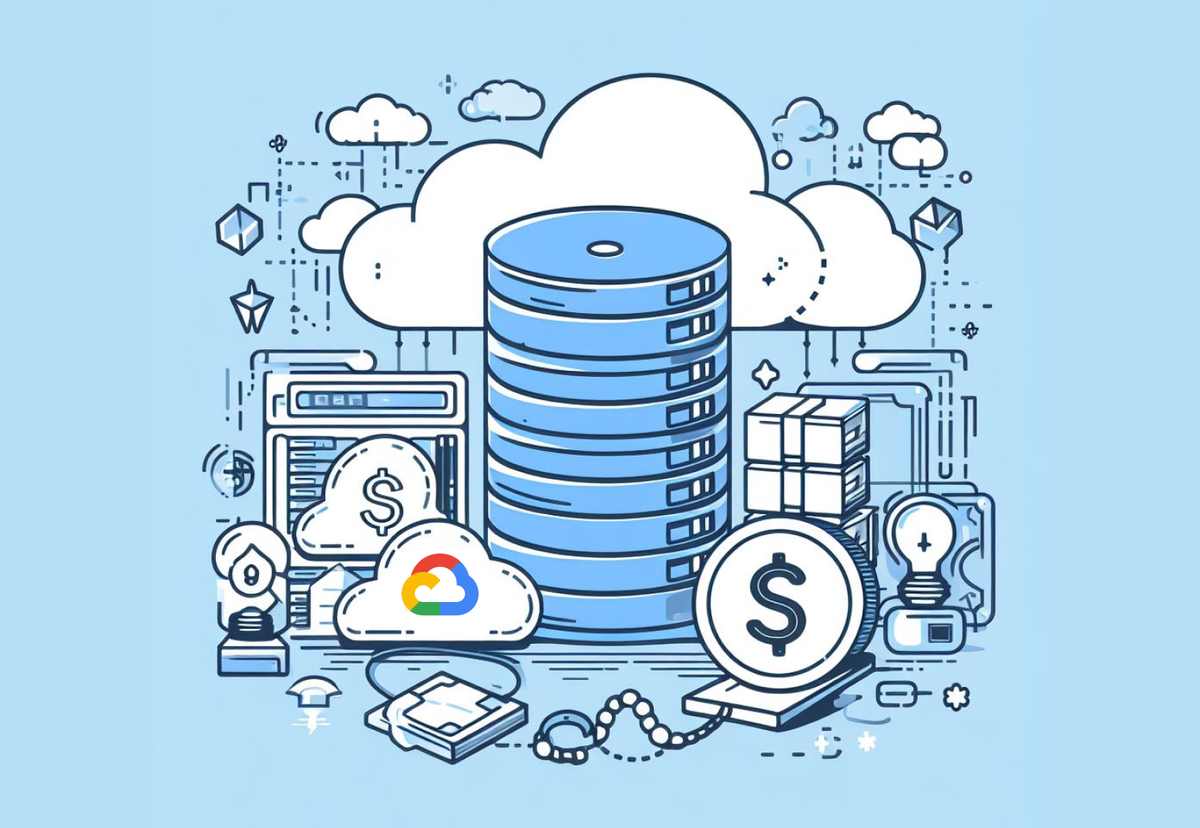A place to store data is necessary, regardless of the purpose of the data—you might be trying to upload a video of your cat playing the piano or you could be a multibillion-dollar corporation reviewing sales from H1.
Cloud costs are determined by the amount of data you store, the amount of network traffic you use, and the operations you perform on cloud Storage objects, as well as special retrieval costs if you move data to low-cost cold storage tiers: Nearline, Coldline, and Archive for GCP. You can optimize the storage aspect of your Cloud environment by utilizing the right mix of these services for the lowest storage rates.
For companies of all sizes, cloud storage has become essential. Cloud storage may be quite expensive if not handled properly, even though it offers scalability, flexibility, and ease of access.
By 2025, it's estimated that the world will generate 463 exabytes of data each day. Effective cloud storage management is becoming increasingly crucial as data volumes continue to grow exponentially. These best practices can help you maximize the cost-effectiveness of your cloud storage without sacrificing security or performance.
Best practices to Optimize:
1) Understanding your storage needs:
First things first determine your storage needs before selecting a cloud storage option. Different data kinds require different amounts of storage, such as regularly accessible data versus archived data. By being aware of these requirements, you can choose the right storage class and save money by avoiding the need for unused high-performance storage. For this, you can conduct a data audit to categorize the data.
2) Leverage Automated Storage tiring:
Multiple storage classes (such as Amazon S3 Standard, S3 Infrequent Access, and S3 Glacier) are offered by the majority of cloud providers. Using automated tiering, you can make sure you only pay for high-performance storage when needed by distributing data between various storage classes according to access patterns.
Cold storage options like Amazon Glacier are designed for archival data and can be up to 80% cheaper than standard storage options, although retrieval times are longer.
3) Implement Data Lifecycle Management:
Businesses can save up to 70% on cloud storage costs by implementing proper data lifecycle management and automated tiering strategies.
The process of managing the data lifecycle includes creating guidelines for data archiving, deletion, and retention. You can prevent unnecessary storage expenses by methodically handling data from the time of creation to the point of destruction.
Steps to be taken:
1) Define clear retention policies for different types of data
2) Automate data deletion policies to remove outdated data.
4) Optimize Data Transfer Costs:
Some cloud providers charge hefty fees for data transfer out of their services. Understanding and optimizing these costs can lead to substantial savings, particularly for data-intensive applications.
Reducing pointless data transfers can result in significant cost savings. For example, what we can do is we can keep the most frequently accessed data in the cloud to reduce egress fees.
The other way to optimize the data transfer costs is Using edge computing and content delivery networks (CDNs) to localize data access and minimize transfers.
5) Take Advantage of Reserved Instances:
Certain cloud service providers give discounted rates for long-term contracts or reserved storage instances. Making the commitment to a reserved instance, as opposed to on-demand billing, might result in significant cost savings if you can forecast your storage demands.
You can compare the cost of reserved instances with on-demand pricing to
determine potential savings.
6) Use Compression and Deduplication:
Storage expenses may be greatly decreased by reducing the volume of data stored using deduplication and compression. Data size is decreased through compression, and redundant copies are removed through deduplication. But for this, you need to enable compression and deduplication features offered by your cloud storage provider.
7) Monitor analysis and Usage:
You can find ways to save money by tracking and analyzing your cloud storage usage regularly. Cloud service providers give dashboards and tools for monitoring storage usage and expenses.
Combining cloud storage with edge computing can reduce latency and bandwidth costs by processing data closer to where it is generated, minimizing the amount of data sent to central cloud storage

